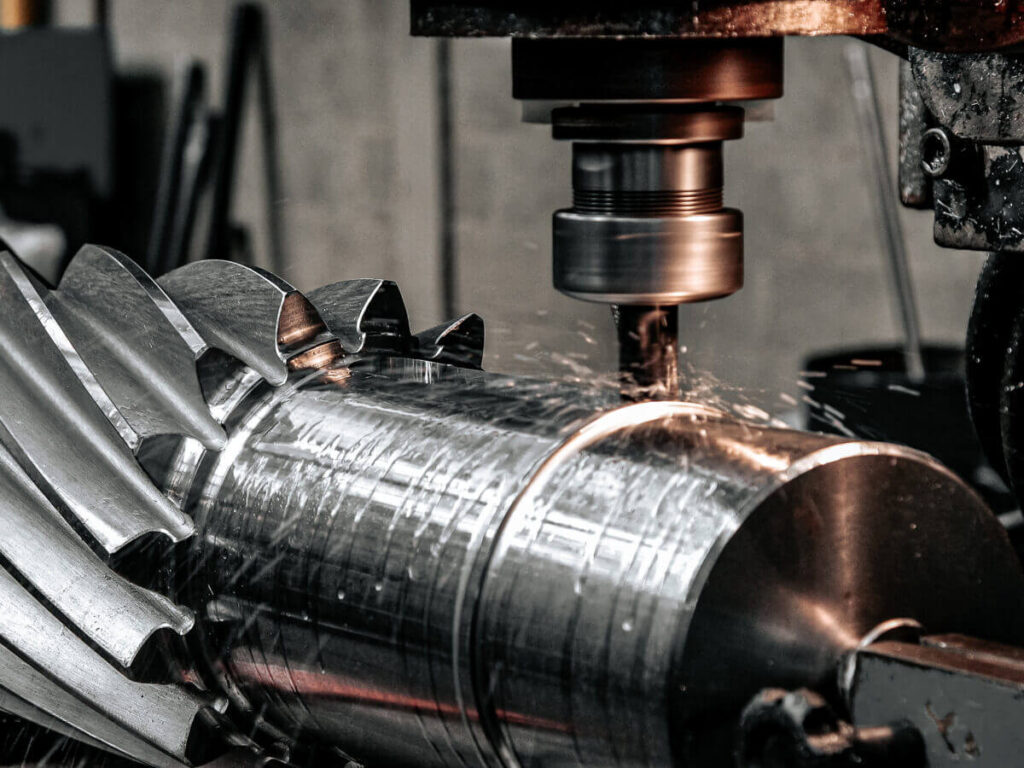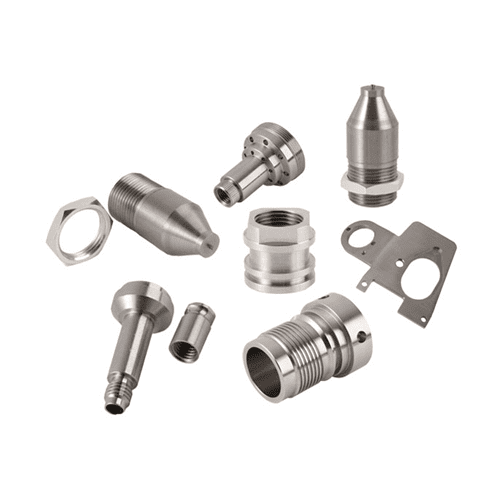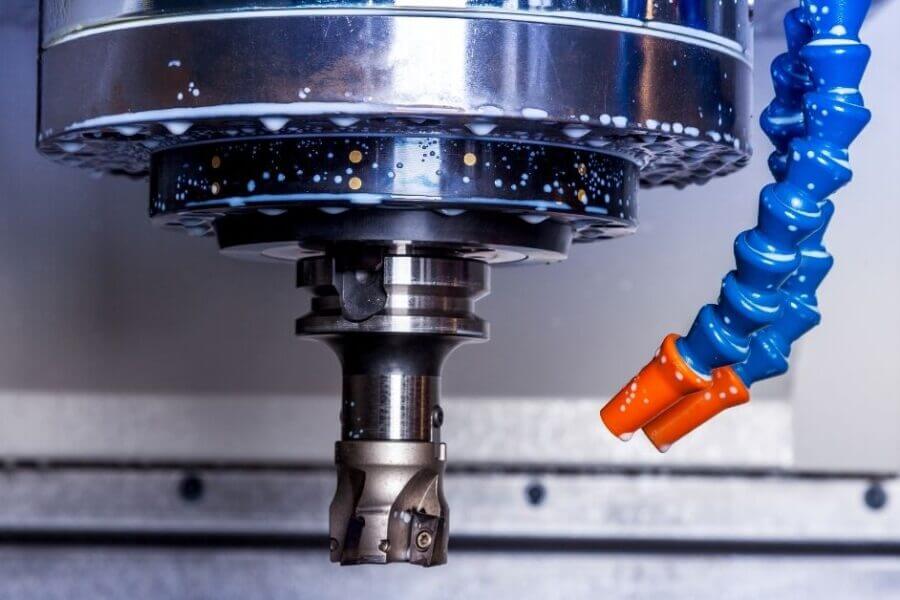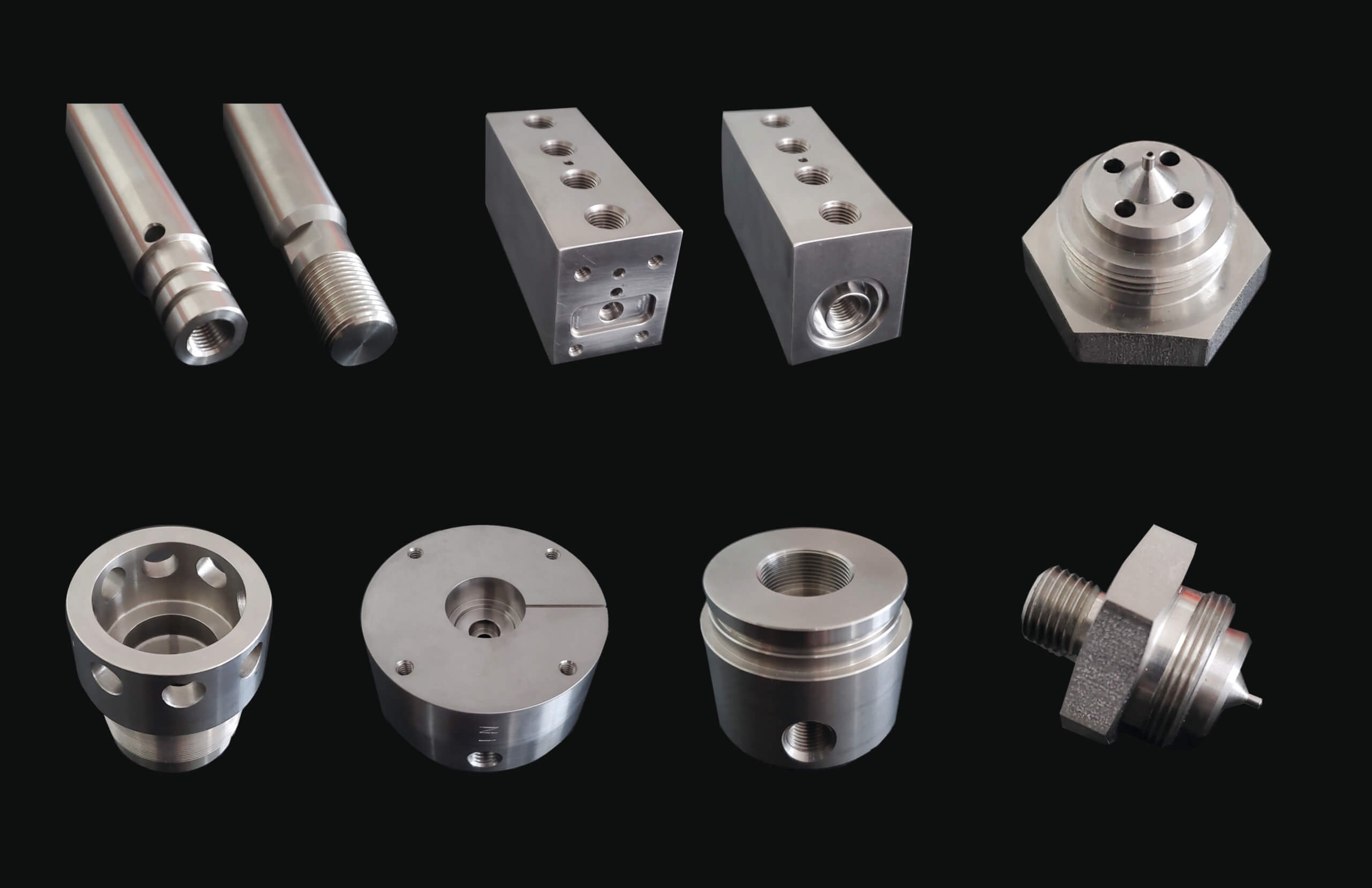Introduction to CNC Machining
Today, success in manufacturing often means taking advantage of technology. As the manufacturing industry becomes increasingly competitive and technological innovations reshape historically inefficient processes, manufacturers must understand how technology can advance their capabilities. One such technology is computer numerical control (CNC) machining.
Although CNC machining dates back to the 1950s, it still holds tremendous potential for modern manufacturers. The technology is much more advanced than it was in the mid-20th century, and recent advancements have further advanced its possibilities. For those who haven’t yet implemented CNC machining, implementing it can offer considerable benefits.

1.What is CNC machining?
CNC machining uses computer controls to cut and shape metal, wood, plastic, or other materials. Instead of manually guiding the edges of a cut or drill, a worker feeds the machine a pre-made digital design. The machine then follows this template to create an exact, true-to-life replica of the original design.
Computer-aided design (CAD) blueprints provide these processes with exceptional accuracy and repeatability. Modern CNC machines have tolerances within the width of two human hairs and can repeat this precision infinitely.
CNC machines come in many forms and perform a variety of functions, including milling, drilling, and turning. They also vary in size, price, and number of axes.

2.How to Improve Your Manufacturing Process
CNC machining can greatly improve material manufacturing workflows, but only if it’s implemented correctly. Here’s how manufacturers can use it to upgrade their processes.
1) Replace Manual Machining Operations
Since CNC machines are expensive, effective implementation relies on applying them to areas where they can do the most good. Often, that means replacing manual operations. CNC machines make fewer mistakes than humans and can produce more parts in less time, increasing efficiency and reducing waste.
If a shop has multiple machining operations to implement CNC, the operations that are most manually performed should be considered first. Replacing as many manual processes as possible will save significant time and money, resulting in a faster return on investment. More advanced five-axis machines can even create more complex designs than manual alternatives, creating new revenue streams.
2) Optimize Machine Maintenance
Like any equipment, CNC machines incur some maintenance costs over time. Manufacturers can make the most of these processes by minimizing these expenses and extending the life of the machines. The secret is to adopt an Internet of Things (IoT)-based maintenance program.
IoT device sensors can warn of failures before they occur, allowing workers to address them early. This way, facilities will avoid costly breakdowns and maximize the life of these high-value machines. Therefore, investing in these maintenance systems will help manufacturers get the most out of CNC machining.
3) Alleviate Labor Shortages
Another way manufacturers can use CNC machining to improve their processes is to maximize the use of available labor. Since CNC machining requires fewer operators than similar alternatives, it can help alleviate this problem.
By applying CNC processes to the busiest workflows, manufacturers will free up more workers to focus on other tasks. This way they can get more done in the same amount of time with the same labor.
4) Maximize Production
Because CNC machines are extremely efficient, manufacturers can increase production output. They also require fewer operators, allowing workers to focus on other parts of the workflow to maintain higher productivity. Restructuring workflows in this way to maximize productivity will get the most out of CNC machining.
If manufacturers can run these machines at close to full capacity, they can quickly generate a positive return on investment. They may even find that they can reach new production goals without adding more production lines, keeping expansion costs low.

3.CNC Machining Has Many Benefits
Today, CNC machining can greatly improve material manufacturing processes. When shops understand its benefits and follow these steps, they can reach new benchmarks in efficiency, output, and savings. Even a single machine can have a sizable impact when implemented correctly.
